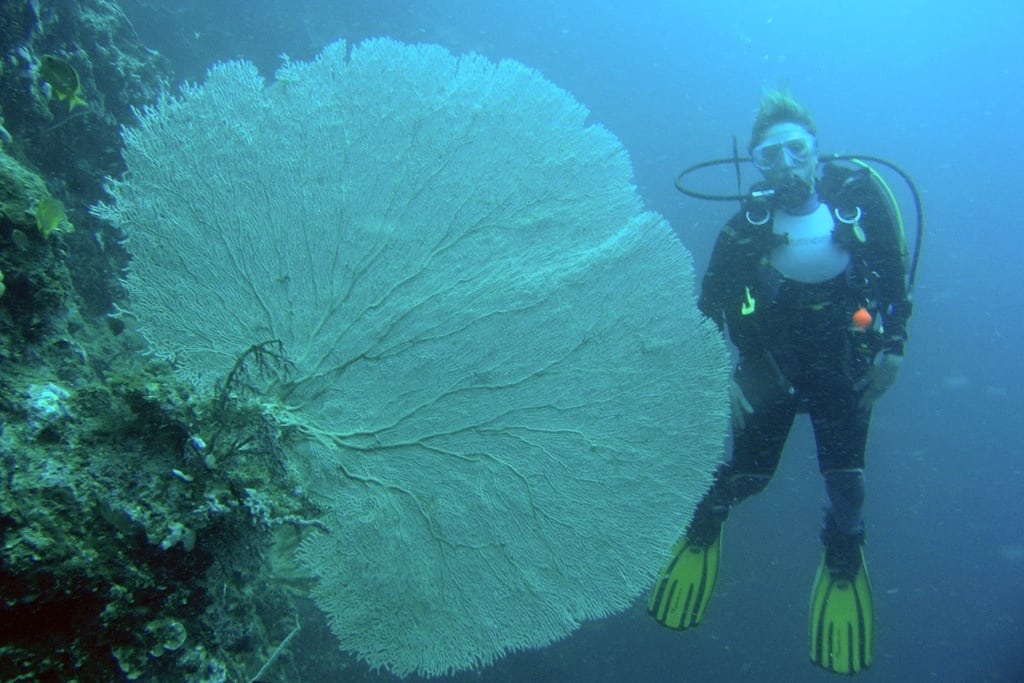Skift Take
It’s better to be known for one thing than nothing at all, but the Philippines will have to do some heavy lifting to become the diving hotspot. A focus on water activities and biodiversity could have a greater impact.
The Department of Tourism (DOT) is planning to make diving as one of the major drivers in promoting the Philippines.
“If you come to the Philippines and you don’t like what you see on land, just stick your head under water and you will be okay,” said Tourism Secretary Ramon Jimenez Jr. during yesterday’s World Deep (Diving Expo and Exhibition Philippines) in Shangri-La Mactan Resort and Spa in Mactan Island.
Jimenez said the tourism department would now be banking on the Philippines being the centre of biodiversity in their marketing strategy.
“We will make diving in the Philippines, a major force for tourists to come,” he said.
The dive expo organised by Philippine Commission on Sports and Scuba Diving (PCSSD) and Philippine Association on Underwater Activities (PAUA) and the DOT were attended by at least 130 representatives from different dive organisations from all over the world.
The three-day event is a venue for cultural exchanges and bilateral talks between members of World Confederation of Underwater Activities (CMAS) about diving and underwater policies.
The Philippines is considered as the global centre of marine biodiversity based on the study of an American biologist entitled Centre of the Marine Shore Fish Diversity: the Philippine Islands published by the World Bank in 2007.
The revenue in diving makes up a quarter of the total tourism revenue.
Divers, according to Jimenez, accounts to not less than five per cent of the country’s tourists.
Karen Chan, executive director of PCSSD, an attached agency of the DOT said 15 per cent of foreign tourists come here for diving.
“Divers tend to stay longer and have a lot of activities included in their regular tourism,” Jimenez said.
Aside from its monetary contribution the economy, promoting the Philippines as a world-class diving destination puts environmental protection an advantage.
“The biggest benefit in propagating diving in this country is that it forces us to preserve our ocean,” Jimenez said.
DOT Central Visayas Regional Director Rowena Montecillo said protecting the environment from being exploited is very important.
The secretary said he would meet with Department of Interior and Local Government, Department of Environment, Department of Agriculture among other government agencies to discuss the DOT’s direction to make diving a subset of tourism.
According to Montecillo, diving is the top tourist activity in the region.
In Cebu, dive tourists are concentrated in the dive resorts in Malapascua island in the north and Moalboal in the south.
“We are the centre of biodiversity in this part of the world. It is important that we raise awareness in protecting the environment,” Jimenez said.
For Cebu to become a successful tourist destination in the world, the people must love diving.
Benedict Reyes, president of PAUA said it is also important to engage the youth in underwater activities such as aquathlon, underwater hockey, underwater rugby, fin swimming, underwater photography among others.
The three-day expo includes at least 50 exhibitors of different dive attractions in the country including the showcase of the Department of Science and Technology’s coral rehabilitation programmes in the country which started last year.
(c)2013 the Asia News Network (Hamburg, Germany). Distributed by MCT Information Services. ![]()
The Daily Newsletter
Our daily coverage of the global travel industry. Written by editors and analysts from across Skift’s brands.
Have a confidential tip for Skift? Get in touch
Tags: green, philippines, sports
Photo credit: A snorkeler floats next to a Giant gorgonian in Cebu, Philippines. Alfonso González / Flickr
